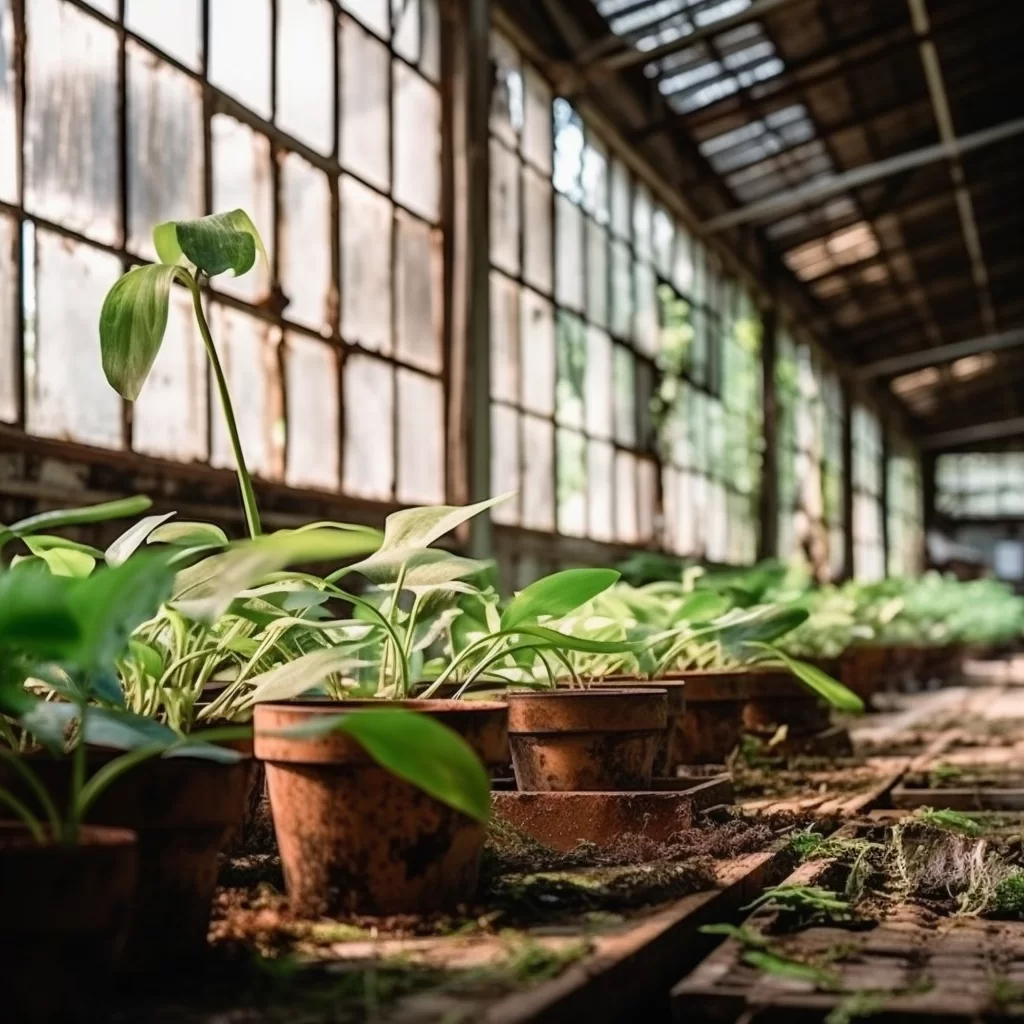Story of Day :
Contents
The Hopps Plant: A Complete Guide and Care Tips
Gardening enthusiasts often rave about their prized hopps plants.
These perennial climbers belong to the family Cannabaceae, and are known for their ability to produce resin-rich cones.
Hops are a vital ingredient in beer making, but they also have medicinal value and can be used for decorative purposes.
History of the Hopps Plant
The hopps plant has been cultivated for centuries.
The ancient Egyptians used them as medicine, while medieval monks grew them in monasteries for brewing beer.
In the 19th century, commercial hop farming began in Europe and North America.
Types of Hops Plants

There are over a hundred varieties of hops plants available today.
Some popular ones include:
- Cascade: Known for its citrusy flavor, Cascade is a favorite among American craft brewers.
- Nugget: With its high alpha acid content, Nugget is great for bittering beers.
- Hallertau: This mild-flavored European hops variety is ideal for lagers and pilsners.
Caring for Your Hopps Plant
If you’re planning on growing your own hops plant at home or in your garden, here are some tips:
- Choose a sunny spot: Hops need at least six hours of sunlight per day to grow properly.
- Provide support: As they grow tall (up to 25 feet), make sure you provide support such as trellises or poles so that they don’t topple over in strong winds or heavy rain.
- Water regularly: Hops plants need regular watering, especially during dry spells.
- Prune regularly: Prune your hops plant every spring to remove old or dead leaves and thin out overcrowded areas.
This will help promote new growth and prevent diseases.
- Fertilize carefully: Use a balanced fertilizer in the early spring, but be careful not to over-fertilize as this can lead to excessive foliage growth at the expense of cone production.
Pests and Diseases

Hops plants are susceptible to pests such as spider mites, aphids, and Japanese beetles.
They are also prone to fungal diseases such as powdery mildew and downy mildew.
To prevent these problems:
- Spray with insecticide: Use an organic insecticide or a strong jet of water to get rid of pests on your hops plant.
- Avoid overcrowding: Plant your hops far enough apart so that they have good air circulation and don’t get too moist.
- Spray with fungicide: If you notice any signs of fungus on your hops plant (such as white spots), spray it with an organic fungicide immediately.
The Harvest
The cones on a hopps plant are ready for harvest when they start feeling papery or brittle.
This usually happens in late summer or early fall depending on where you live.
Once harvested, the cones should be laid out in a single layer on a drying screen in a warm and well-ventilated area until they reach about 10% moisture content.
They can then be used fresh or dried and stored for later use.
Conclusion

Whether you’re a home brewer or just love the look of these climbers in your garden, the hopps plant is a versatile and rewarding choice.
With proper care, you can enjoy its resin-rich cones for years to come.